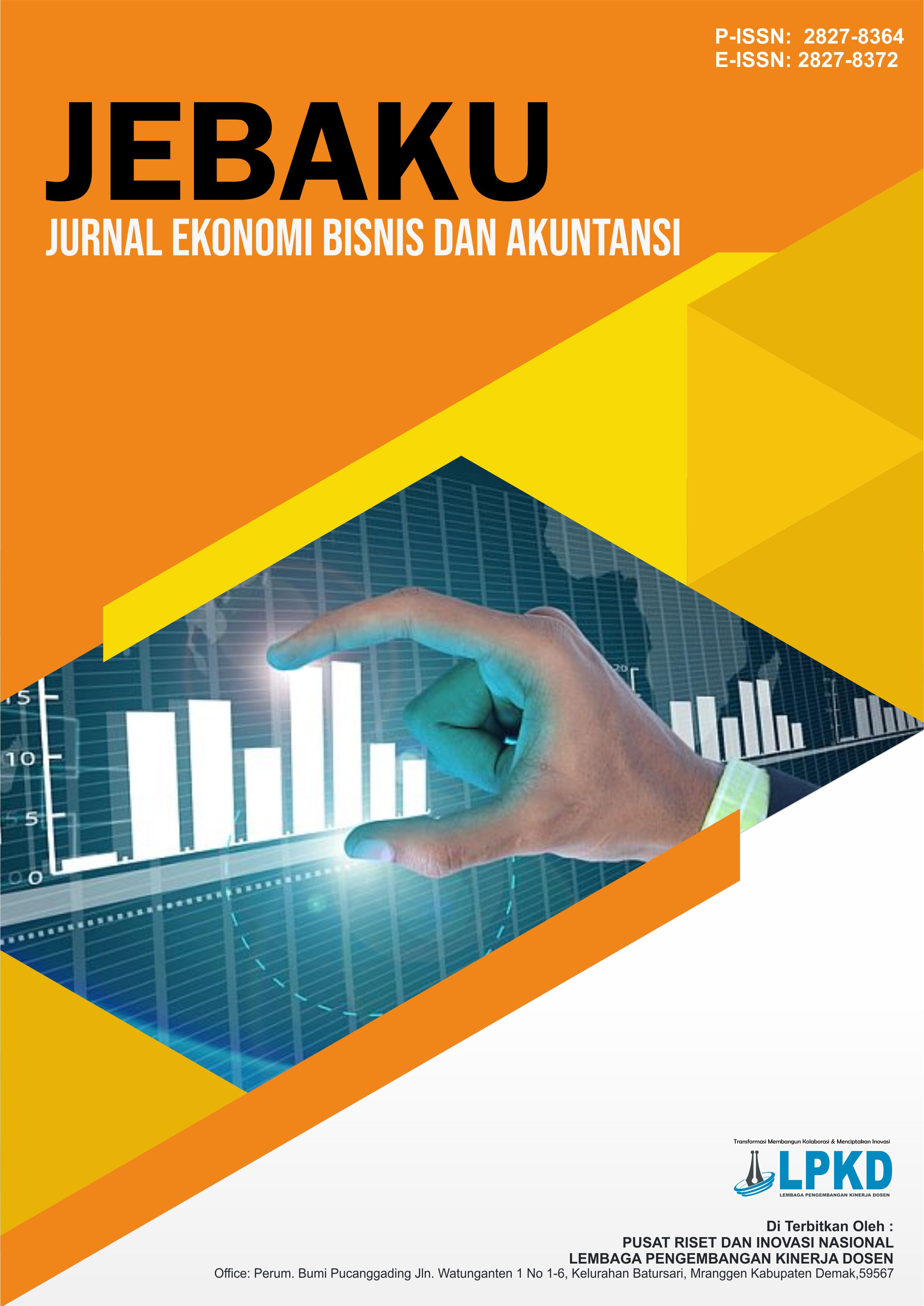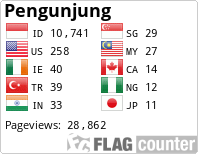Efektivitas Influencer Marketing terhadap Loyalitas Konsumen Generasi Z
DOI:
https://doi.org/10.55606/jebaku.v5i2.5442Keywords:
Consumer Loyalty, Digital Marketing, Generation Z, Influencer Marketing, Social MediaAbstract
This study aims to analyze the influence of influencer marketing on consumer loyalty of generation Z in Indonesia. Along with the development of technology and the dominance of social media, the marketing approach through influencer figures has become a strategy widely used by companies. Generation Z, which is a consumer group with high exposure to the digital world, tends to be more responsive to authentic and personal content than conventional advertising. This study uses a quantitative method with a survey approach to 150 respondents aged 18–24 years who actively use Instagram and TikTok. The results of the study indicate that influencer credibility, brand suitability, and content engagement levels have a significant influence on consumer loyalty of generation Z. This study provides theoretical and practical contributions to the development of digital marketing strategies based on emotional relationships and social trust.
Downloads
References
Audrezet, A., De Kerviler, G., & Moulard, J. G. (2018). “Authenticity under Threat: When Social Media Influencers Need to Go Beyond Self-presentation,” Journal of Business Research, 117, 557–569.
Belch, G. E., & Belch, M. A. (2018). Advertising and Promotion: An Integrated Marketing Communications Perspective. New York: McGraw-Hill.
Brown, D., & Hayes, N. (2008). Influencer Marketing: Who Really Influences Your Customers? Oxford: Elsevier.
Datareportal, Digital 2024: Indonesia, We Are Social & Hootsuite, 2024
De Veirman, M., Cauberghe, V., & Hudders, L. (2017). “Marketing through Instagram Influencers: The Impact of Number of Followers and Product Divergence on Brand Attitude,” International Journal of Advertising, 36(5), 798–828.
Dick, A. S., & Basu, K. (1994). “Customer Loyalty: Toward an Integrated Conceptual Framework,” Journal of the Academy of Marketing Science, 22(2), 99–113
Dick, A. S., & Basu, K. (1994). “Customer Loyalty: Toward an Integrated Conceptual Framework,” Journal of the Academy of Marketing Science, 22(2), 99–113
Hovland, C. I., & Weiss, W. (1951). “The Influence of Source Credibility on Communication Effectiveness,” Public Opinion Quarterly, 15(4), 635–650
Lim, X. J., Radzol, A. M., Cheah, J. H., & Wong, M. W. (2017). “The Impact of Social Media Influencers on Purchase Intention and the Mediation Effect of Customer Attitude,” Asian Journal of Business Research, 7(2), 19–36.
Ohanian, R. (1990). “Construction and Validation of a Scale to Measure Celebrity Endorsers’ Perceived Expertise, Trustworthiness, and Attractiveness,” Journal of Advertising, 19(3), 39–52.
Suryani, T. (2021). “Perilaku Konsumen Generasi Z Indonesia di Era Digital,” Jurnal Ekonomi dan Bisnis Indonesia, 36(2), 211–230.
Tajfel, H., & Turner, J. C. (1986). The Social Identity Theory of Intergroup Behavior.
Williams, K. C., Page, R. A., Petrosky, A. R., & Hernandez, E. H. (2020). “Marketing to the Generations,” Journal of Behavioral Studies in Business, Vol. 12.
Downloads
Published
How to Cite
Issue
Section
License
Copyright (c) 2025 Jurnal Ekonomi Bisnis dan Akuntansi

This work is licensed under a Creative Commons Attribution-ShareAlike 4.0 International License.










